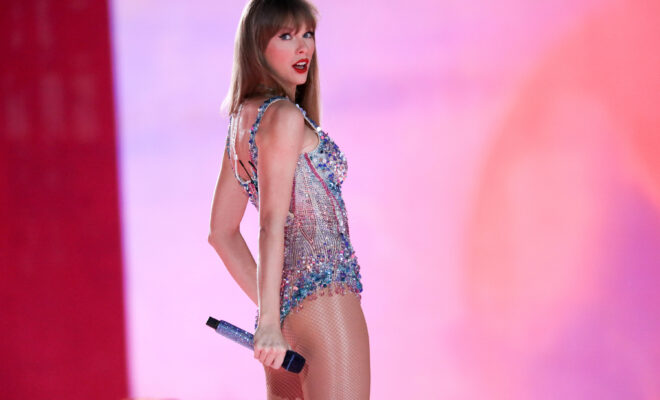Stage Right vs Stage Left: Unveiling the X-Rated Secrets Behind the Curtain

Have you ever wondered what happens stage right vs stage left when the curtains close? The world of theater is filled with secrets, traditions, and unspoken rules that shape every performance. From the positioning of actors to the hidden cues that keep the show running smoothly, understanding the dynamics of stage right and stage left can deepen your appreciation for live theater. Whether you're a theater enthusiast, a performer, or just curious, this guide will unveil the X-rated secrets behind the curtain, shedding light on the fascinating differences and importance of these two sides of the stage.
What Does Stage Right vs Stage Left Mean?

In theater, stage right and stage left refer to the directions from the perspective of the performer facing the audience. Stage right is the area to the right of the actor, while stage left is to their left. These terms are universal in theater and are crucial for blocking, choreography, and technical cues. Understanding these directions ensures seamless communication among the cast and crew, making performances cohesive and professional.
The Origin of Stage Directions
The terms stage right vs stage left date back to the early days of theater. They were established to eliminate confusion, as using “left” or “right” from the audience’s perspective could vary depending on where they were seated. By adopting the actor’s viewpoint, theater professionals created a standardized system that remains essential today.
Why Stage Right vs Stage Left Matters in Theater

The positioning of actors and props on stage right vs stage left can significantly impact the storytelling and audience experience. Directors often use these areas strategically to highlight characters, create visual balance, or convey specific emotions. For instance, placing a protagonist on stage right might symbolize power or dominance, while stage left could represent vulnerability or isolation.
Technical Aspects of Stage Right vs Stage Left
Beyond acting, stage right vs stage left plays a critical role in technical aspects like lighting, sound, and set design. Technicians use these directions to program cues, ensuring that lighting changes, sound effects, and scene transitions occur at the right moment. This precision is key to maintaining the flow and impact of the performance.
| Aspect | Stage Right | Stage Left |
|---|---|---|
| Symbolism | Power, authority | Vulnerability, mystery |
| Technical Use | Primary lighting setup | Secondary lighting setup |
| Blocking | Main character entrances | Supporting character entrances |

💡 Note: Always confirm stage directions with your director, as some theaters may have unique setups or variations.
How to Master Stage Right vs Stage Left as a Performer

For actors, mastering stage right vs stage left is essential for delivering a polished performance. Here’s a checklist to help you navigate the stage like a pro:
- Always face the audience to determine your right and left.
- Practice your blocking until movements become second nature.
- Communicate clearly with fellow actors to avoid collisions.
- Stay aware of technical cues tied to your stage position.
Common Mistakes to Avoid
Even seasoned performers can mix up stage right vs stage left. Common mistakes include:
- Confusing audience left/right with stage directions.
- Forgetting to adjust movements during rehearsals.
- Ignoring the importance of precise positioning for lighting and sound.
Understanding stage right vs stage left is more than just a technical detail—it’s an art that enhances every aspect of theater. From symbolism to technical precision, these directions are the backbone of a successful performance. By mastering this fundamental concept, you’ll not only improve your craft but also gain a deeper appreciation for the magic that happens behind the curtain. theater terminology, stage directions, acting tips
What is the difference between stage right and stage left?
+
Stage right and stage left are determined from the actor’s perspective facing the audience. Stage right is to the actor’s right, while stage left is to their left.
Why are stage directions important in theater?
+
Stage directions ensure clear communication among cast and crew, enhance storytelling, and facilitate technical aspects like lighting and sound.
Can stage right vs stage left affect the audience’s perception?
+
Yes, the positioning of characters and elements on stage can convey emotions, power dynamics, and symbolism, influencing how the audience interprets the performance.

